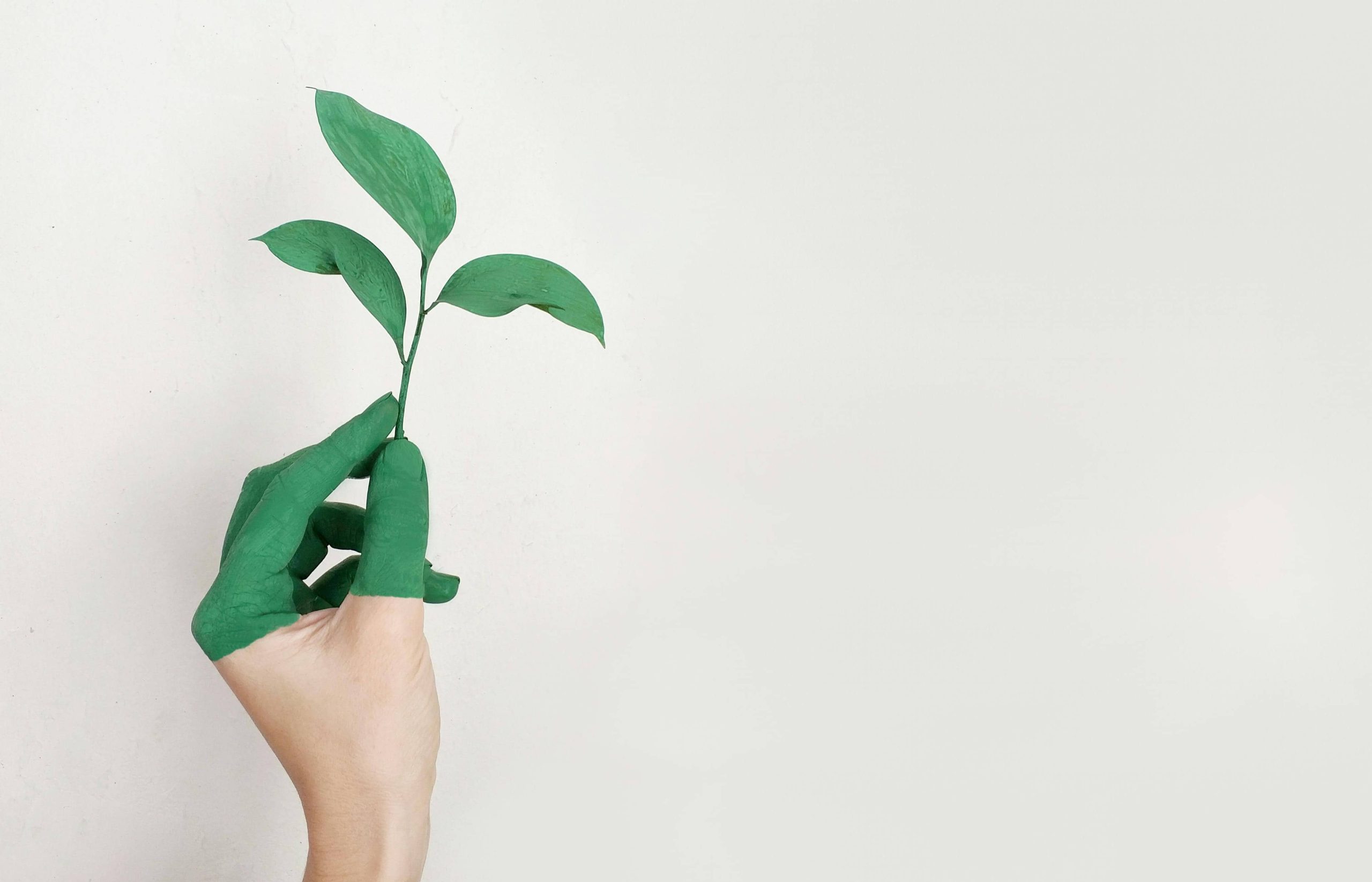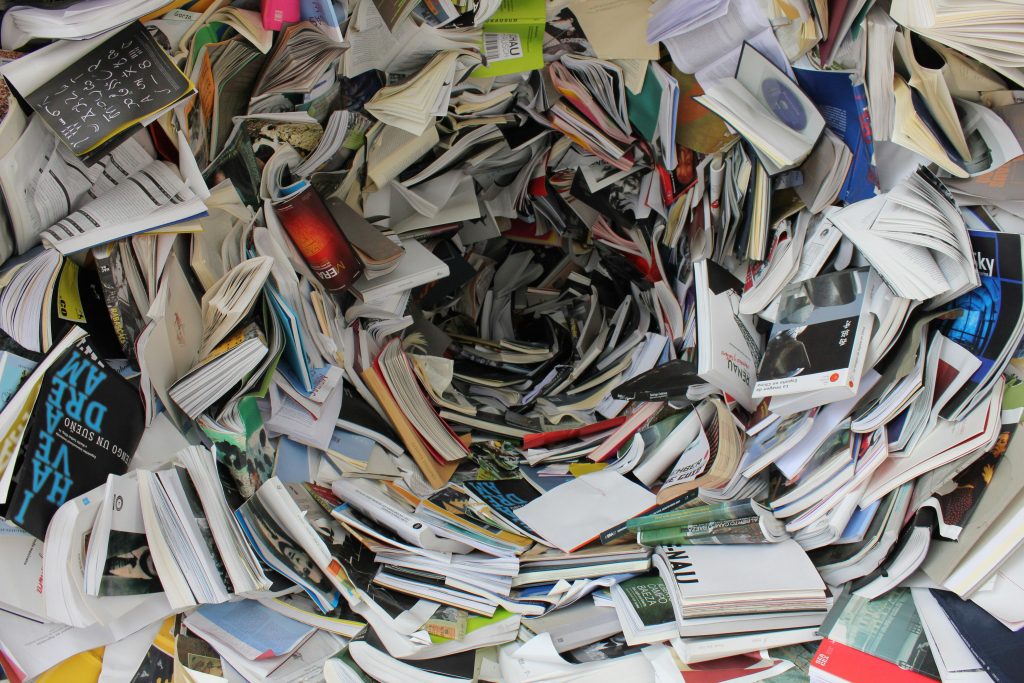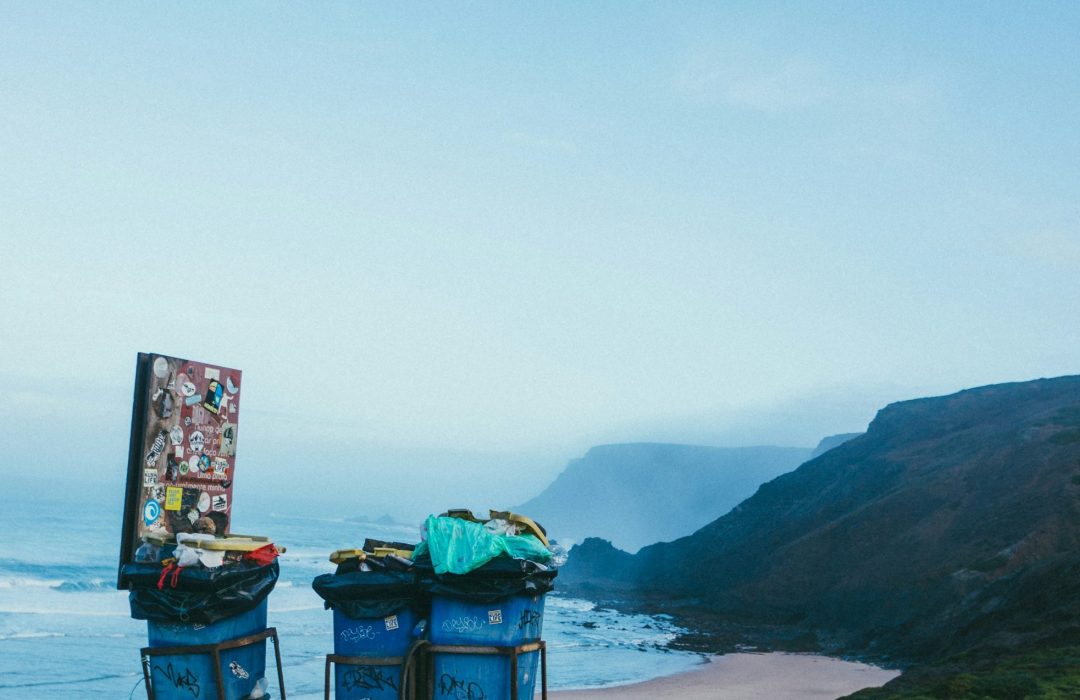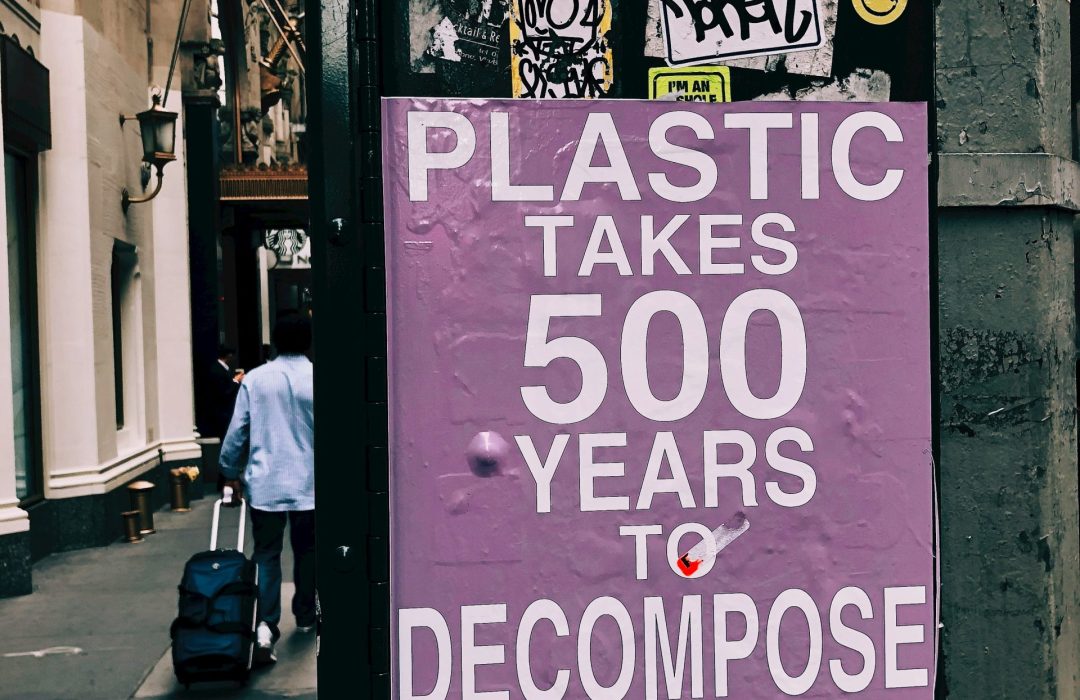
13 Apr Sustainability and Environmental Art
The intersection of sustainability and art represents a dynamic convergence that has increasingly become a potent force for societal transformation. Sustainability, characterized by the imperative to satisfy current needs without jeopardizing the capacity of future generations to fulfill their own requirements, has emerged as a guiding principle in contemporary discourse. Concurrently, environmental art has garnered recognition as a transformative medium that creatively engages with and confronts environmental challenges. Through various forms such as installations, sculptures, paintings, and performances, environmental art serves as a conduit for profound exploration and expression of ecological issues. By intertwining aesthetic expression with ecological consciousness, environmental artists provoke introspection and foster dialogue about humanity’s relationship with the natural world. Their works not only highlight environmental degradation and the urgency of conservation but also inspire collective action and innovation. From large-scale installations that visualize climate change to community-based projects that reimagine sustainable living practices, environmental art catalyzes shifts in perception and behavior towards more ecologically harmonious lifestyles. In essence, the synergy between sustainability and art exemplifies the transformative potential of creative expression in fostering environmental stewardship and shaping a more sustainable future for generations to come.

Photo by Anna Shvets
The Power of Art as a Communication Tool
Art possesses a transcendent quality that enables it to transcend language barriers, functioning as a universal medium capable of conveying intricate ideas and profound emotions. In contrast to conventional forms of communication, art possesses a distinct capacity to connect with viewers on a profound, emotive level. Across epochs and cultures, art has played a pivotal role in confronting social and political dilemmas, kindling revolutions, and instigating societal transformations. Whether through Picasso’s haunting portrayal of the atrocities of war in “Guernica” or Banksy’s provocative street art provoking contemplation, artists have wielded their creative prowess to articulate potent messages and stimulate critical contemplation. The canvas, the street corner, the performance stage—all serve as arenas where artists engage with the complexities of the human experience, challenging norms, and stimulating dialogue. Through their works, artists transmute observations, sentiments, and convictions into visual narratives that transcend linguistic boundaries, resonating with diverse audiences worldwide. In essence, art serves as a dynamic conduit for societal introspection and evolution, offering a platform for the articulation of dissent, the celebration of diversity, and the pursuit of collective progress.

Photo by Pixabay
Environmental Art: Raising Awareness and Inspiring Action
Environmental art encompasses a rich tapestry of forms, including land art, performance art, and installation art, all of which interweave nature and environmental motifs into their creative expressions. These diverse forms of artistic endeavor serve as potent vehicles for illuminating pressing environmental concerns and catalyzing collective consciousness. Projects such as Agnes Denes’ evocative “Wheatfield – A Confrontation” and Chris Jordan’s poignant “Plastic Ocean” confront audiences with the stark realities of environmental degradation, compelling introspection and inciting a call to action. Through their immersive experiences, environmental artworks transcend the realm of passive observation, stirring visceral reactions and fostering deep-seated connections to the natural world. By engaging the senses and provoking thought, environmental art not only initiates public discourse but also galvanizes tangible initiatives aimed at safeguarding our planet. From grassroots activism to policy advocacy, the ripple effects of environmental art reverberate across communities, inspiring stewardship and nurturing a collective resolve to address ecological challenges. In essence, environmental art serves as a powerful catalyst for transformative change, forging symbiotic relationships between humanity and the environment while beckoning towards a more sustainable future.

Photo by Tobias Tullius
Sustainable Practices in Art
The art world is embracing sustainable practices to minimize its environmental footprint. Artists are increasingly mindful of their material choices, studio practices, and energy consumption. Through innovative approaches, artists like Olafur Eliasson incorporate sustainability into their creative process, advocating for environmentally conscious art production. By adopting sustainable practices, artists contribute to a more eco-friendly art ecosystem and set an example for future generations.

Photo by Jon Tyson
Conclusion
The marriage of sustainability and environmental art presents a compelling narrative of awareness and action. Through its power as a communication tool, art transcends linguistic boundaries to engage audiences on profound emotional levels, sparking crucial conversations about environmental issues. Environmental art, spanning various forms, serves as a poignant reminder of our collective responsibility to safeguard the planet. From Agnes Denes’ poignant confrontations to Chris Jordan’s stark depictions, artists wield their craft to incite reflection and inspire tangible change. Moreover, the embrace of sustainable practices within the art community underscores a commitment to environmental stewardship, setting a precedent for a more eco-conscious future. As we navigate the complexities of environmental degradation, the fusion of sustainability and art offers a beacon of hope, urging us all to become active participants in preserving the planet for generations to come.
Key Takeaways
- Art as a Universal Language: Art transcends language barriers, providing a universal platform to communicate complex ideas and emotions. Its unique ability to resonate on a deeper, emotional level makes it a powerful tool for fostering awareness about sustainability and environmental issues.
- Environmental Art as Awareness Catalyst: Environmental art, including forms like land art and installation art, serves as a potent means to raise awareness about environmental concerns. Not only does it spark public conversations, but it also inspires tangible actions by confronting viewers with the realities of environmental degradation.
- Sustainable Practices in the Art World: The art community is increasingly adopting sustainable practices to minimize its environmental impact. Artists, such as Olafur Eliasson, are mindful of material choices and energy consumption, contributing to a more eco-friendly art ecosystem. This commitment sets a precedent for future generations and aligns art with environmental stewardship.
FAQs
How does environmental art differ from traditional art?
Environmental art focuses on themes related to nature and the environment, often incorporating natural elements into the artwork itself. Unlike traditional art forms, environmental art aims to raise awareness about environmental issues and provoke discussions about sustainability.
Can anyone create environmental art?
Yes, environmental art is inclusive and welcomes participation from artists of all backgrounds. Whether through photography, sculpture, or performance, individuals can express their environmental concerns and advocate for positive change through artistic means.
How can I support environmental art initiatives?
You can support environmental art initiatives by attending exhibitions, engaging with artists and their work, and advocating for the integration of environmental themes into cultural institutions and public spaces. Additionally, consider supporting artists who prioritize sustainability in their artistic practices.
Embarking on innovative “Eco-Friendly Art Campaigns for Promotion” for sustainability and raise awareness through creative expression.

